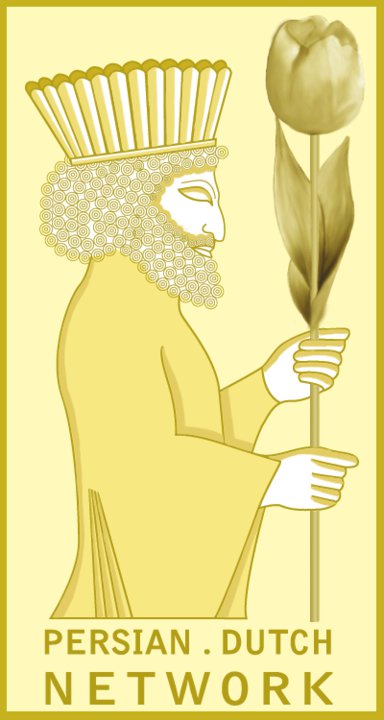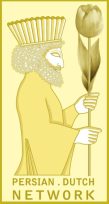ENGLISH VERSION BELOW
Vanaf 1 maart 2014 ademt de Hermitage Amsterdam lang verdwenen beschavingen langs de legendarische Zijderoute. Tot en met 5 september 2014 laat de tentoonstelling Expeditie Zijderoute. Schatten uit de Hermitage de zeldzame schoonheid zien van ruim 250 objecten, zoals muurschilderingen, sculpturen, kostbaarheden van zijde, zilver, glas, goud, terracotta, die zijn opgegraven door Russische expedities in de negentiende en twintigste eeuw.
Verschillende voorwerpen uit Perzië worden tijdens de tentoonstelling vertoond: zoals munten uit Parthische en Sassanidse tijdperk. Dit waren de laatste dynastieën in Perzië (Iran) voor de Arabische invasie in de 7e eeuw na Christus.
De Zijderoute bestond al voor onze jaartelling en was tot in de vijftiende eeuw het grootste handelsnetwerk ter wereld, dat een ongekende culturele uitwisseling veroorzaakte. Het liep van China tot aan de Middellandse Zee.

De Zijderoute was niet één route maar een netwerk van handelswegen over een afstand van 7000 kilometer. Het doorkruiste het onherbergzame en goeddeels lege Centraal-Azië, met zijn uitgestrekte woestijnen en onbegaanbare hooggebergtes. Het verbond grote beschavingen als India, Perzië, China en het Romeinse Rijk. De vruchtbare oases in dit enorme gebied en hun koninkrijken speelden een belangrijke rol als welkome tussenstop en marktplaats.
* LEES MEER OP DE WEBSITE VAN HERMITAGE
* Volg “Persian Dutch Network” op Facebook
* DIGITALE NIEUWSBRIEF: Mogen we u op de hooste houden van PDN activiteiten? Mail naar info@persiandutch.com
____________________
“PERSIA” in Silk Road Exhibition of Amsterdam Hermitage Museum
From 1 March 2014 the Hermitage Amsterdam is offering visitors a glimpse of the long-lost civilizations along the legendary Silk Road. Until 5 September 2014, the exhibition Expedition Silk Road is presenting treasures from the Hermitage: 250 objects, such as murals, sculpture, precious silks, silver, glass, gold, and terracotta, excavated by Russian expeditions in the nineteenth and twentieth centuries.
Various objects from Persia have been displayed as well; among them coins from Parthian and Sassanid era which are the last dynasties in Persia before the Arab invasion in 7th century AD.
Xinru Liu in his “The Silk Road in World History” writes: “In the west, the Silk Road reached its peak during the time of the Byzantine Empire… [in that time] Persian Sassanid coins emerged as a way of currency, just as valuable as silk yarn and textiles.” ( Oxford University Press, 2010).
In General more than 250 treasures in the exhibition come from thirteen archaeological sites or regions on the Silk Road, associated with a variety of kingdoms and places. Until the middle Ages the silk road was the world’s largest trade network and a source of unprecedented cultural interchange. It crossed the inhospitable and sparsely populated region of Central Asia, with its vast deserts and impassable mountain ranges, and connected great civilizations such as India, Persia (Iran), China, and the Roman Empire.
* Read More on HERMITAGE website
* Join the Facebook Page of “Persian Dutch Network“
* Send us an e-mail to receive PDN monthly Newsletter: info@persiandutch.com




